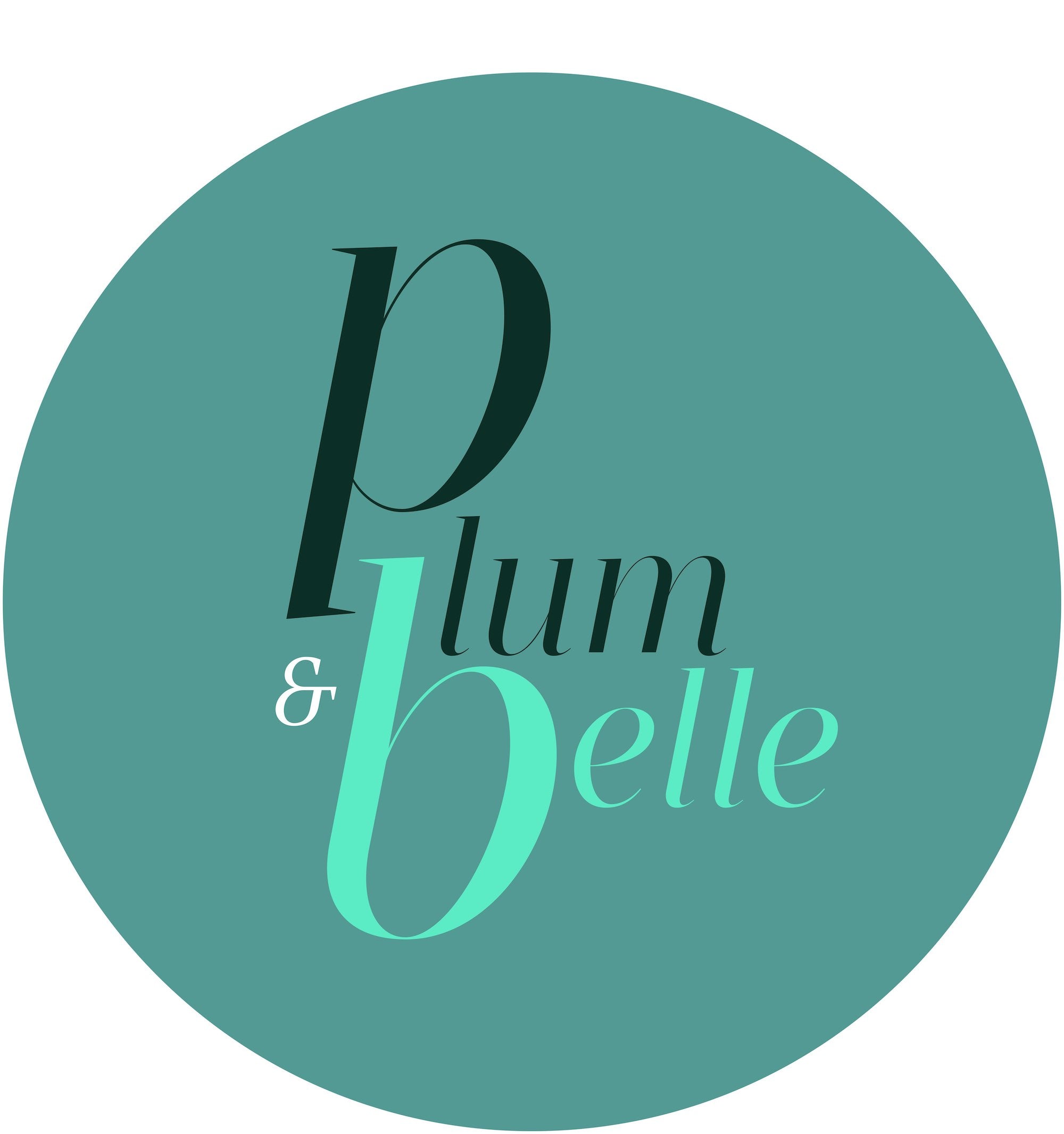This was described to us as a 19th Century fabric from Marken Island when we bought it, and as we love research and are unfailingly curious it lead us down a beautiful research journey.
| Marken Island is a really fascinating location in the Netherlands. In the 13th Century, Marken became separated from the mainland by a storm, isolating the population from the mainland. Through centuries of separation the people of Marken developed their own folkloric style and tradition of crafts, and those traditions, many of which are still very much alive today. Their style of dress is wonderfully unique, featuring layers of mixed pattern and combinations of textiles. |  |
 |
We wondered at how indigo fabric would have been part of their fabric lexicon, and learnt that there is a tradition of Marken Islanders using patterned cloth from Indonesia, and Indonesia has a rich history of indigo textiles, but these are usually batik style designs, and this curtain has a resist dyed design. |
The only textiles we had seen with this dye and pattern style were from China or Japan. That lead us to think that it is either Chinese nankeen or Japanese katazome; both of which are a resist dying technique using natural, organic pastes applied to the fabric using paper or wooden stencils. When the resist has dried the fabric is then dipped repeatedly into indigo dye, until the desired depth of colour is achieved. These techniques date back as far as the 7th Century, and the motifs used by China and Japan were widely shared so it's very hard to identify a design using the pattern as a clue.
The mystery continues...

What we do know is that we think it's utterly beautiful and most likely totally unique. The fabric is most probably a fine, compact cotton fabric with a subtle texture. Two lengths have been joined with a beautifully finished, handsewn seam to create a generous width. Perhaps it was used to separate an internal space as there's no sun fading on the fabric that we can see.
There's an embroidered word, or perhaps initials at the top of this seam. We think that it says 'IHNA'. Fine metal rings are attached along the top edge, using faded blue webbing tape that's been knotted, folded and handstitched to the curtain. It's obviously beautiful as a curtain, but this fabric could so easily be repurposed in to any other sort of home textile or even turned in to clothing, but we couldn't bear to cut it so we're selling it as is, and you can find it here while it's still available.

